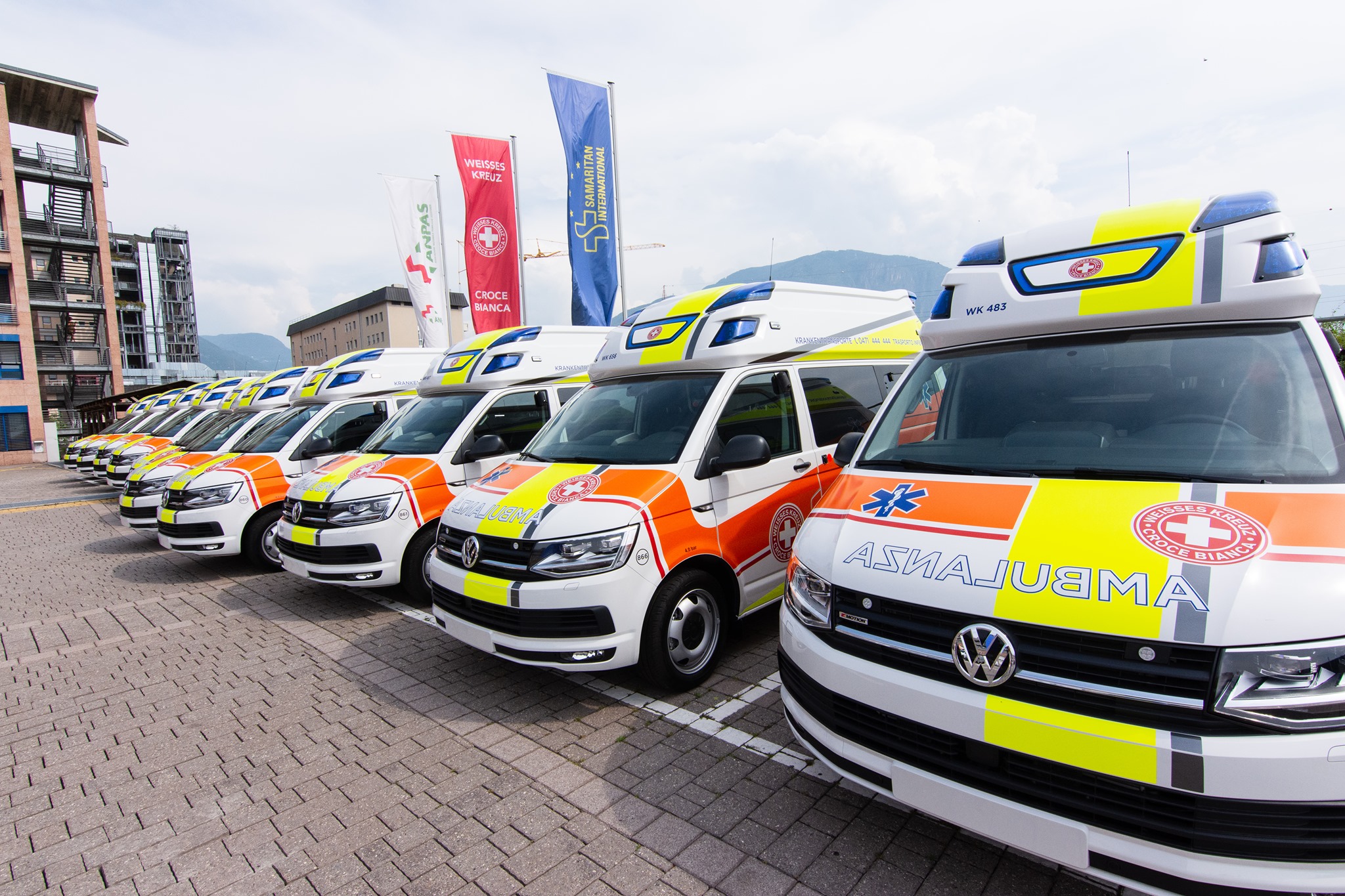European Rules for Ambulance Driving Licences needed
Posted on |
In March 2023, the European Commission presented its proposal COM(2023)127 for a revision of the current Driving Licences Directive, to modernise driving licence rules. The European Parliament and the Council have started their work on the file, with the objective to find an agreement before the European elections in 2024.
Samaritan International (SAM.I.) welcomes the proposed revision and its objective to increase road safety while facilitating the free cross-border movement within the EU. However, SAM.I. is concerned that the lack of European rules for ambulance driving licences will lead to legal uncertainty and a higher threshold for civic engagement.
Today, due to modern equipment and increased vehicle safety requirements, ambulances often exceed 3.5t, which is the general weight limit for driving a vehicle with a driving licence B. From a road safety perspective, the added weight does not have a negative impact, as the used M1 vehicle platforms, including safety-relevant equipment such as brakes, are already conceptualised for up to 4.25t (if driven with a trailer).
While ambulances are recognized as special purpose vehicles in the Type Approval Regulation (EU) 2018/858, there are no specific rules for these vehicles in terms of driving licences, and thus many different national or regional rules and practices are in place.
These diverging rules lead to legal uncertainty in case of cross-border emergency calls. It is overwhelmingly in the general interest to have the closest ambulance respond to a call or to have a patient transported to the closest hospital, even if this means crossing a border between Member States. Today, such services are still conducted, but operate in a grey area (legal and liability matters) and/or under regional multilateral agreements to enable them.
In addition, many ambulance drivers, in particular where such services are carried out by volunteers (and volunteer-based NGOs), only have a driving licence of category B. Requiring C licences would not only be costly, but a major formal threshold for potential volunteers to conduct their civic engagement, and therefore an obstacle for this important form of active citizenship, as well as an obstacle to adequate service provision.
The current situation lacks legal certainty, creates a complicated patchwork of rules for cross-border operations and makes it difficult for emergency operators, particularly volunteer-based NGOs, to offer a low-threshold entry into an important form of civic engagement.
Therefore SAM.I. calls for an inclusion of the validity of category B driving licence for ambulance vehicles with a weight of up to 4,25 tonnes.
Full position

